30 Years of BMW 8 Series
BMW and large luxurious coupés have been a common combination since the end of World War 2. After there had already been a few coupé offshoots based on the 502 with bodies from Autenrieth and Baur, the 503 appeared in 1956, of which only 273 were produced in Coupé form until 1960 due to its high price. Two years later, for the first and only time in the brand’s history, with the 3200 CS a BMW with Bertone design appeared on the market. This V8 coupé also remained a rare vehicle, of which only around 600 were produced. In 1965 a somewhat smaller, but no less luxurious coupé came along in the form of the 2000 C, 2000 CA and 2000 CS. Its body was made by Karmann in Rheine/Germany, where 549 of the 13,700 cars were completely assembled. At the same time, BMW from 1968 offered the 2800 CS with four individual round headlights instead of the clear glass headlamps of the 2000 series. This series, known internally as E9, was also entirely produced by Karmann and was extended in the following years by the variants 2.5 CS, 3.0 CS, 3.0 CSi as well as the 3.0 CSL, developed jointly with Alpina and very successful in motorsport. In 1975 a model change to the E24 series took place, which became the first BMW 6 Series. This vehicle was available with various six-cylinder engines and was initially produced by Karmann again, but due to fluctuatin production quality BMW allowed them only to produce the bodyshells from August 1977. 86,219 BMW 6 Series had rolled off the production lines by April 1989.
In September of the same year, a new luxury coupé with the V12 engine known since 1987 from the 750i made its debut at the IAA (Frankfurt Motor Show). Under the direction of chief designer Claus Luthe, Klaus Kapitza drew a sports car-style bodywork with pop-up headlights in the flat front section. In this way the legendary mid-engined sports car M1 was honored. The B-pillars between the side windows were dispensed with, giving the interior an almost convertible feel in summer. BMW had initially planned a corresponding convertible version, but rejected the project after three prototypes had been produced, as the torsional stiffness couldn’t be guaranteed without far-reaching and expensive changes to the platform. The roof construction was based on that of the 5 Series Cabriolet (E34), which also never went into production. Nevertheless, the sales prospects were considered too low due to the predicted high sales price and the Bavarian company therefore decided against this competitor to the Mercedes-Benz SL. The rear of the Coupé has a tear-off edge integrated into the boot lid, which contributes to its excellent aerodynamics. As a larger and above all more expensive successor to the 6 Series, the newcomer was specifically positiones against the Mercedes-Benz S-Class Coupés and was therefore given a new name: 8 Series.
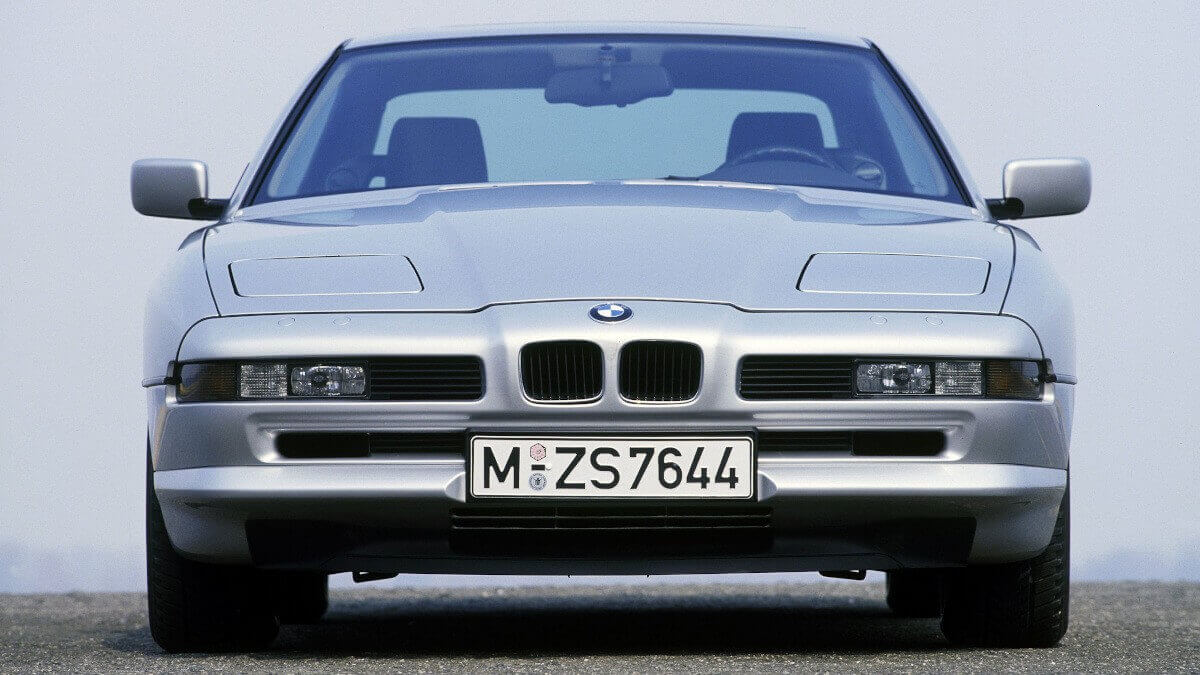



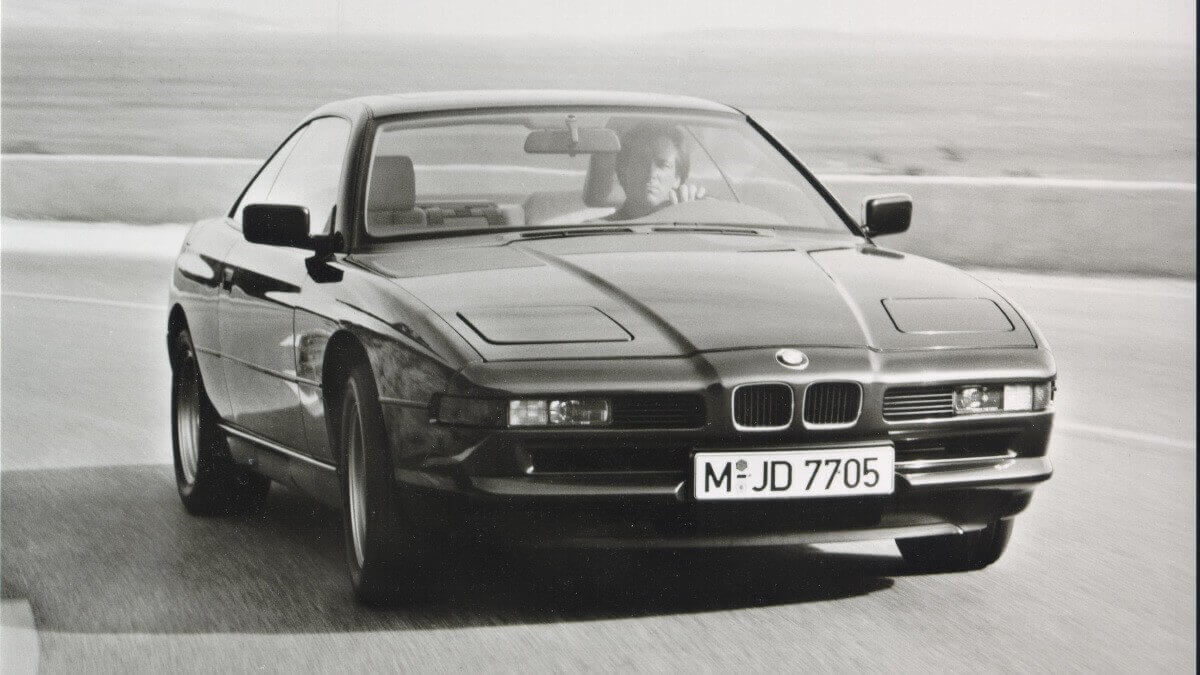



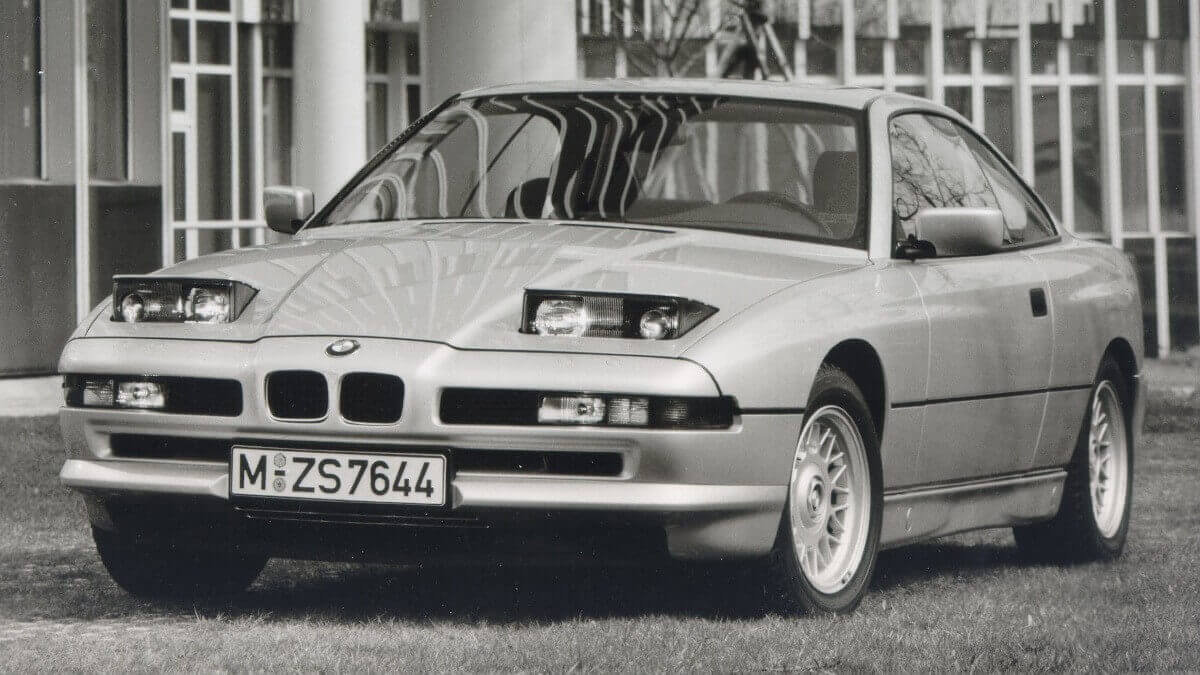



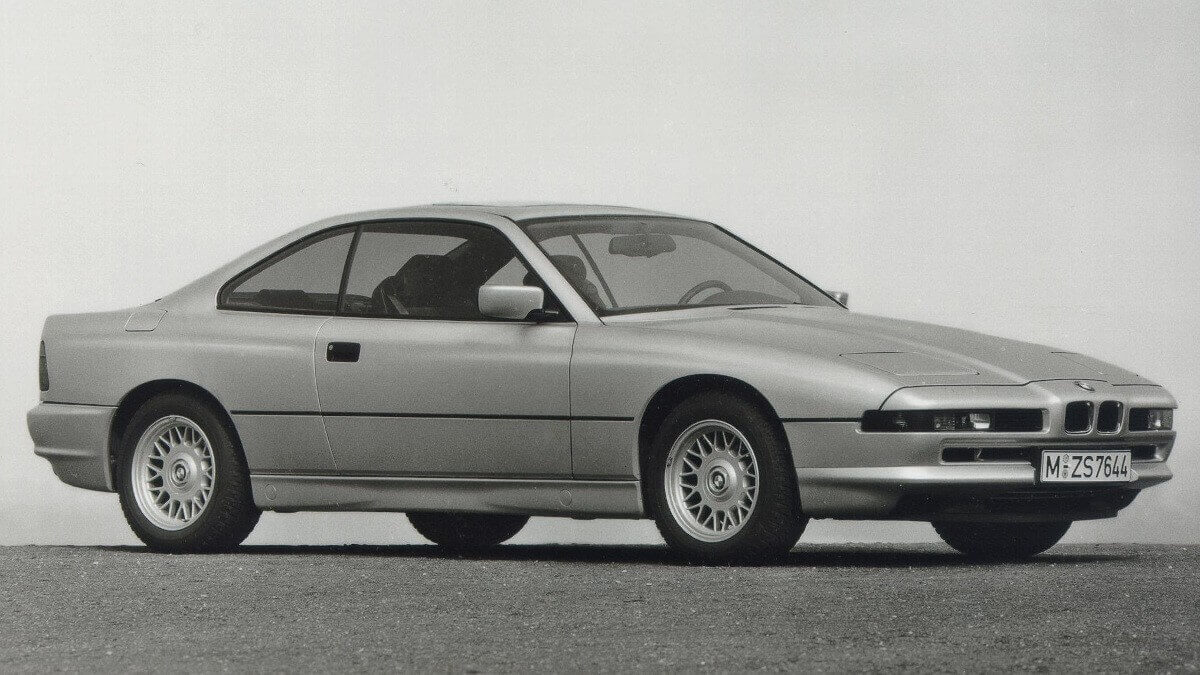



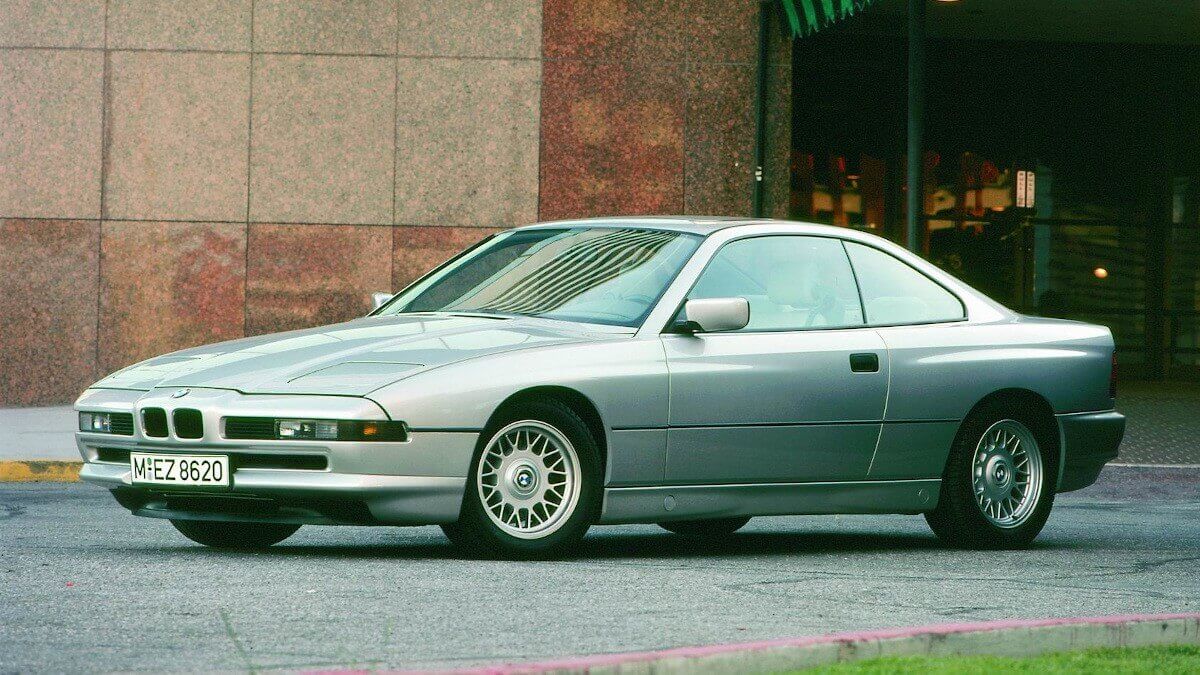



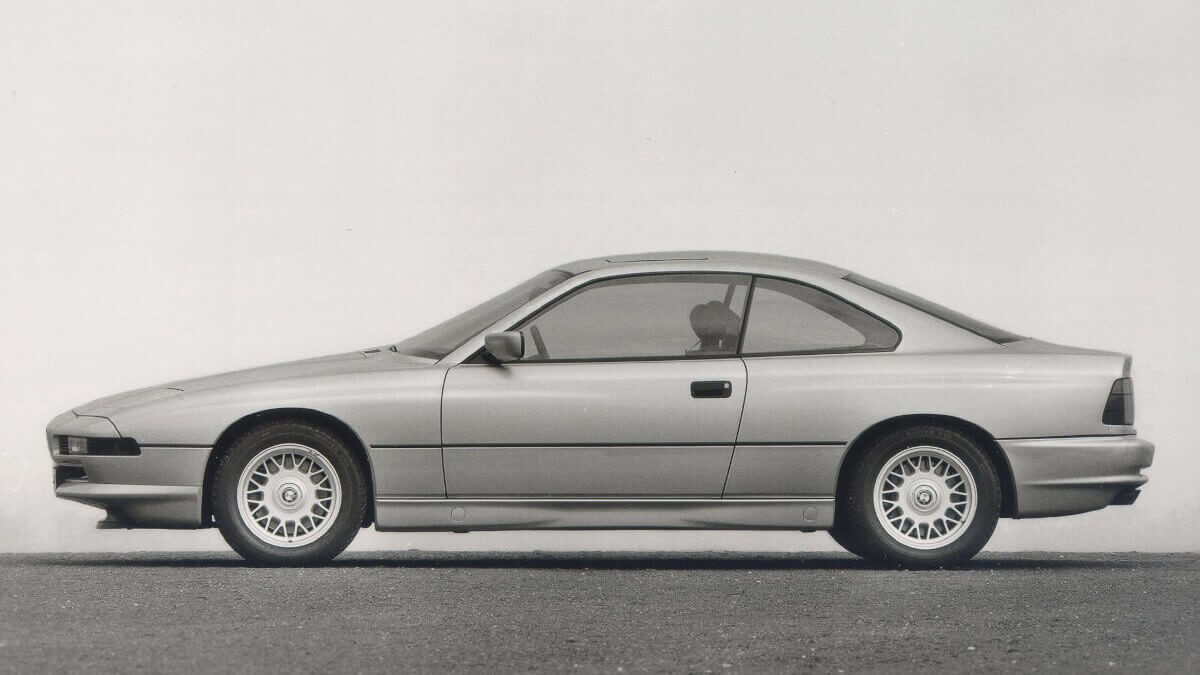



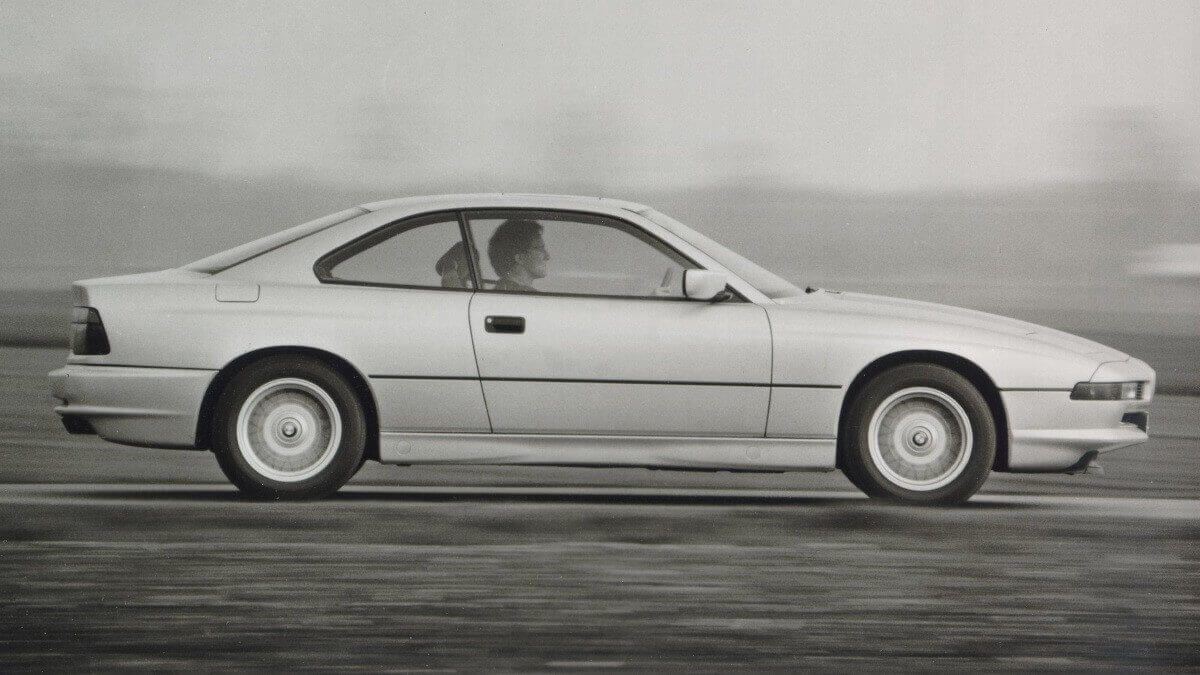



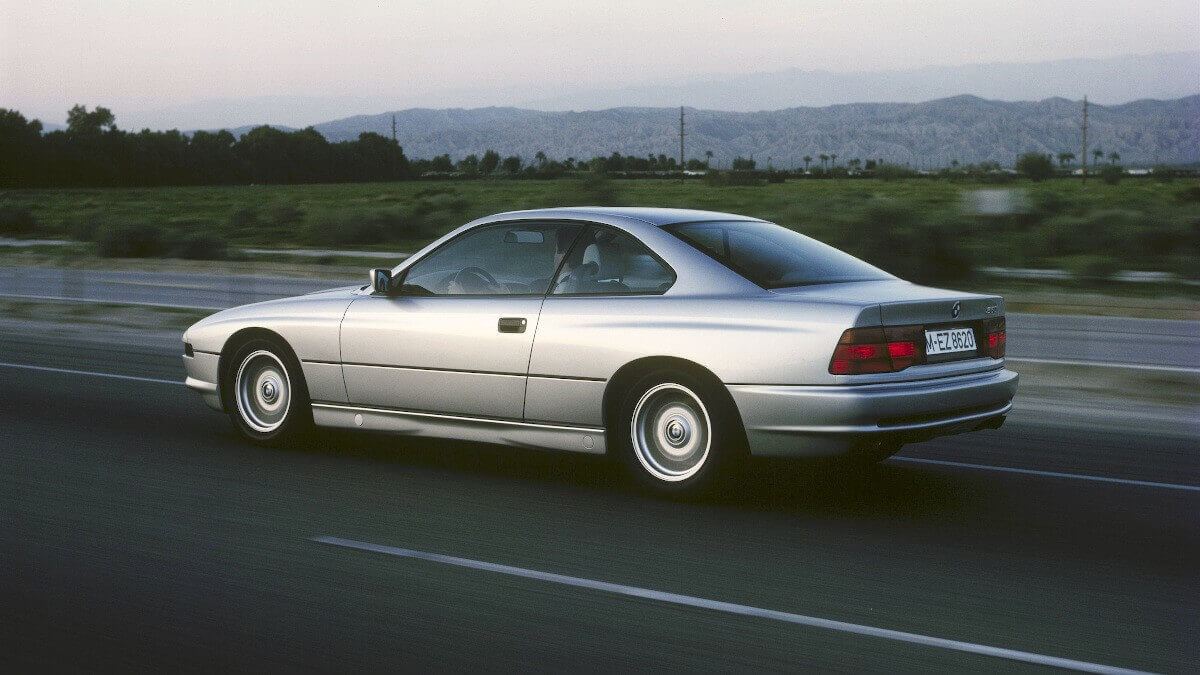



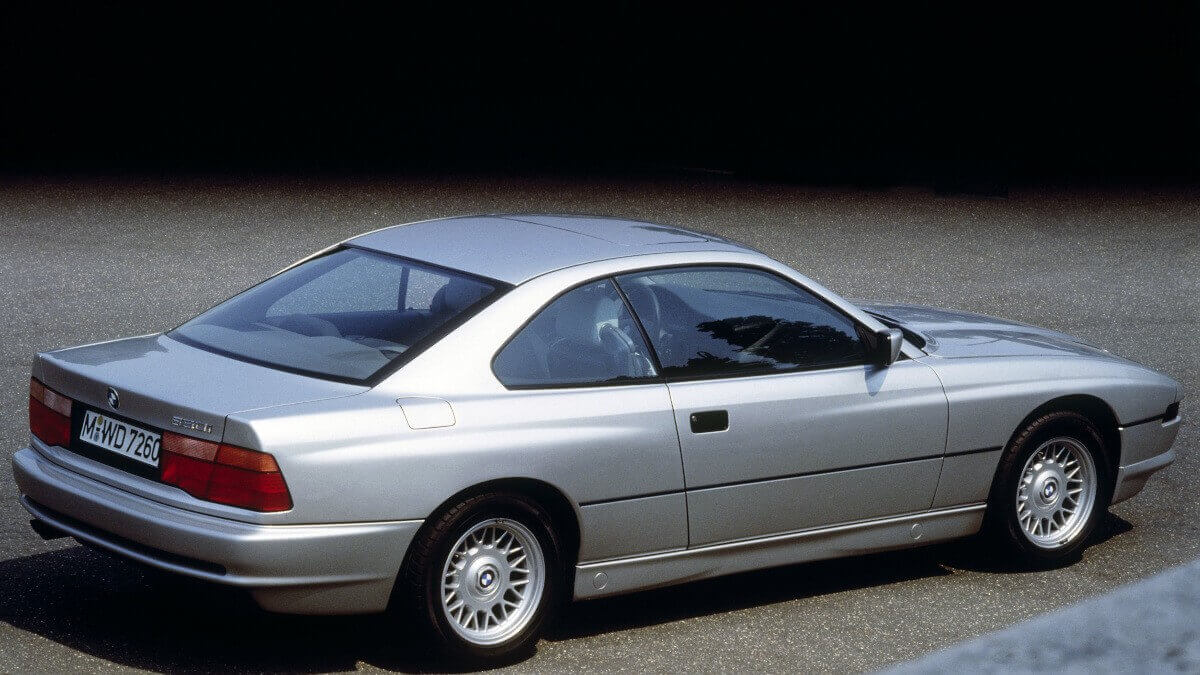



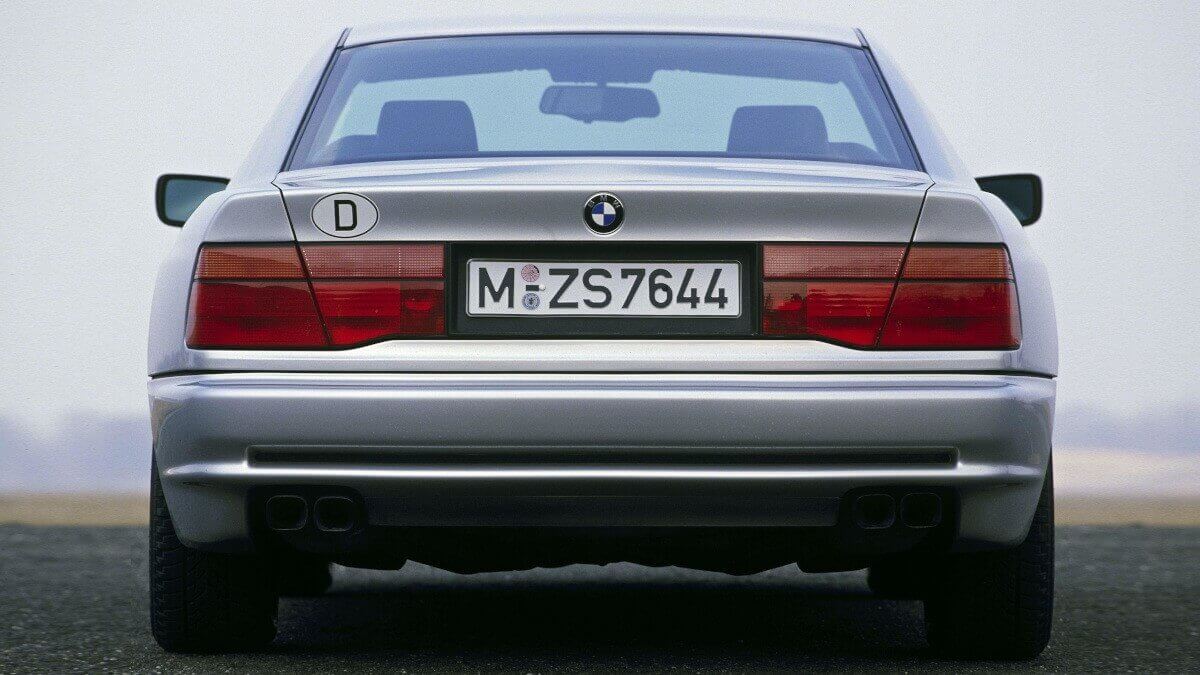



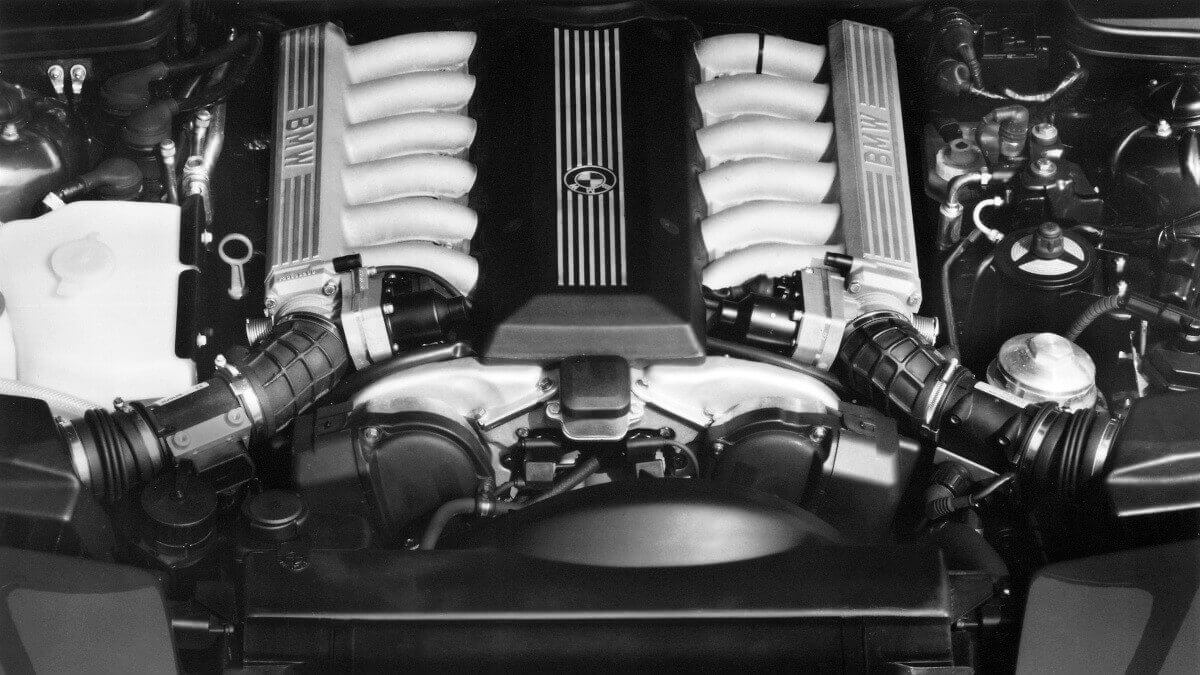



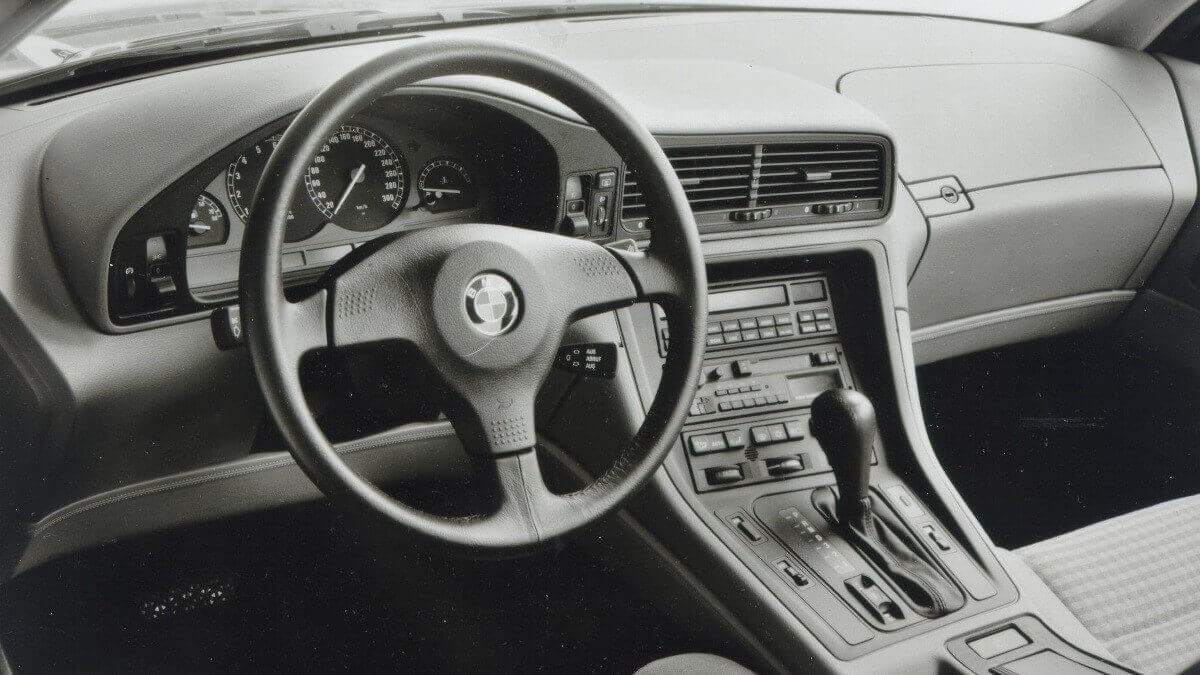



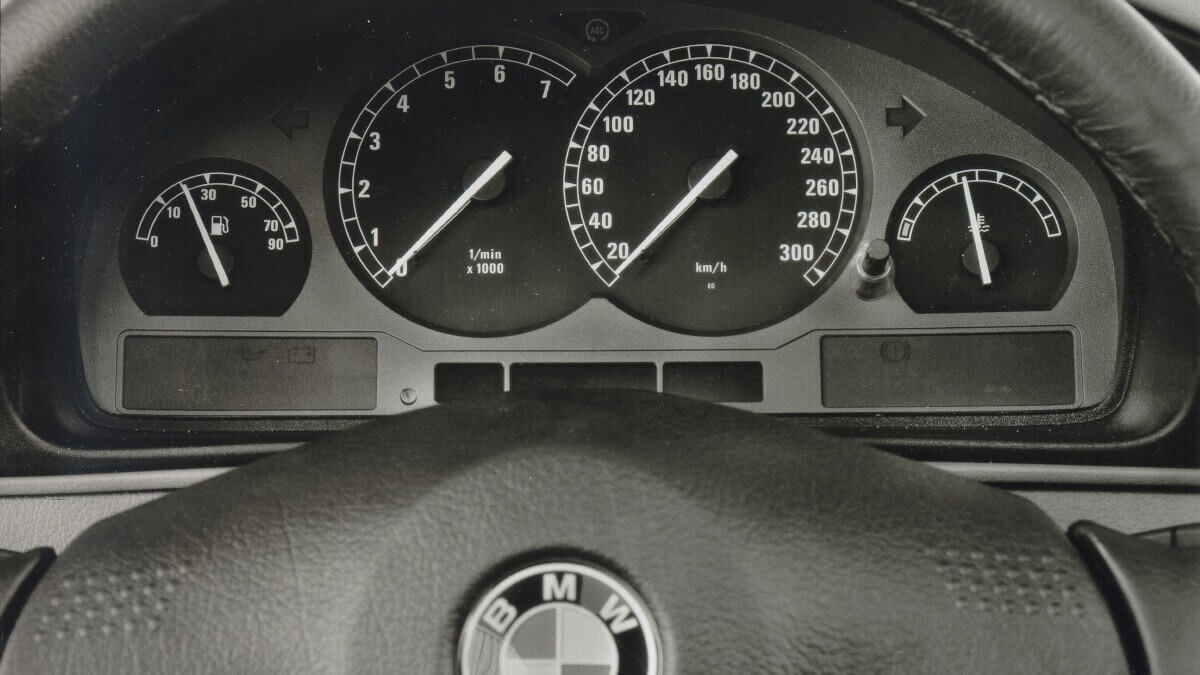



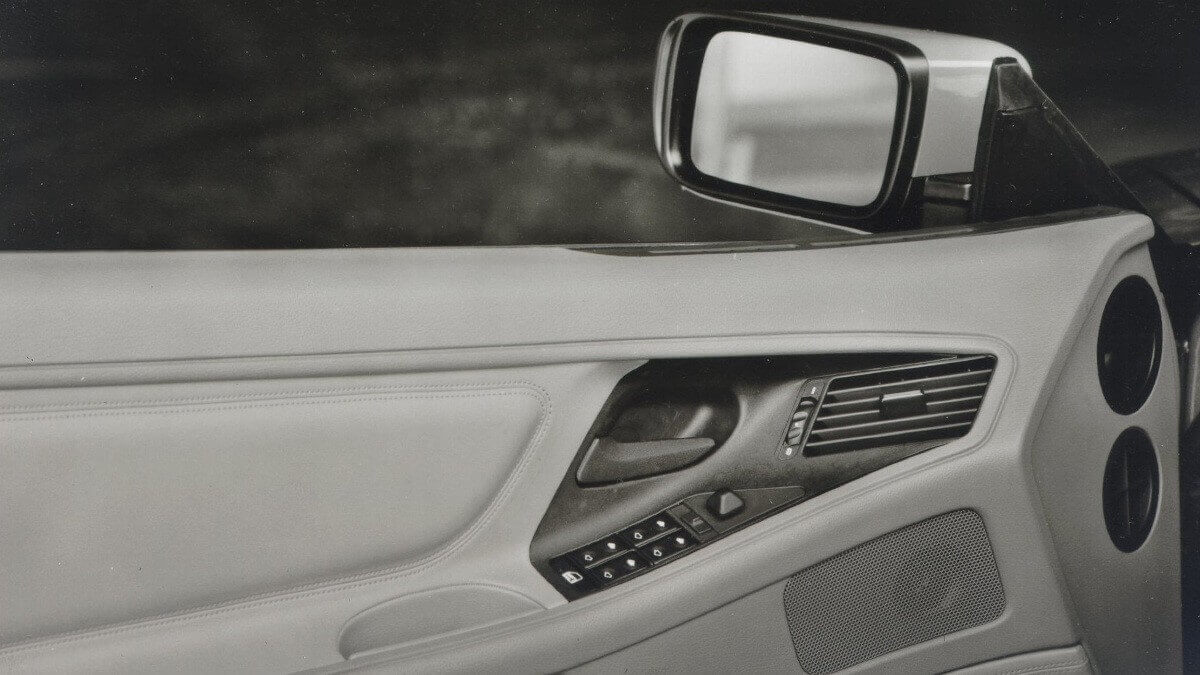



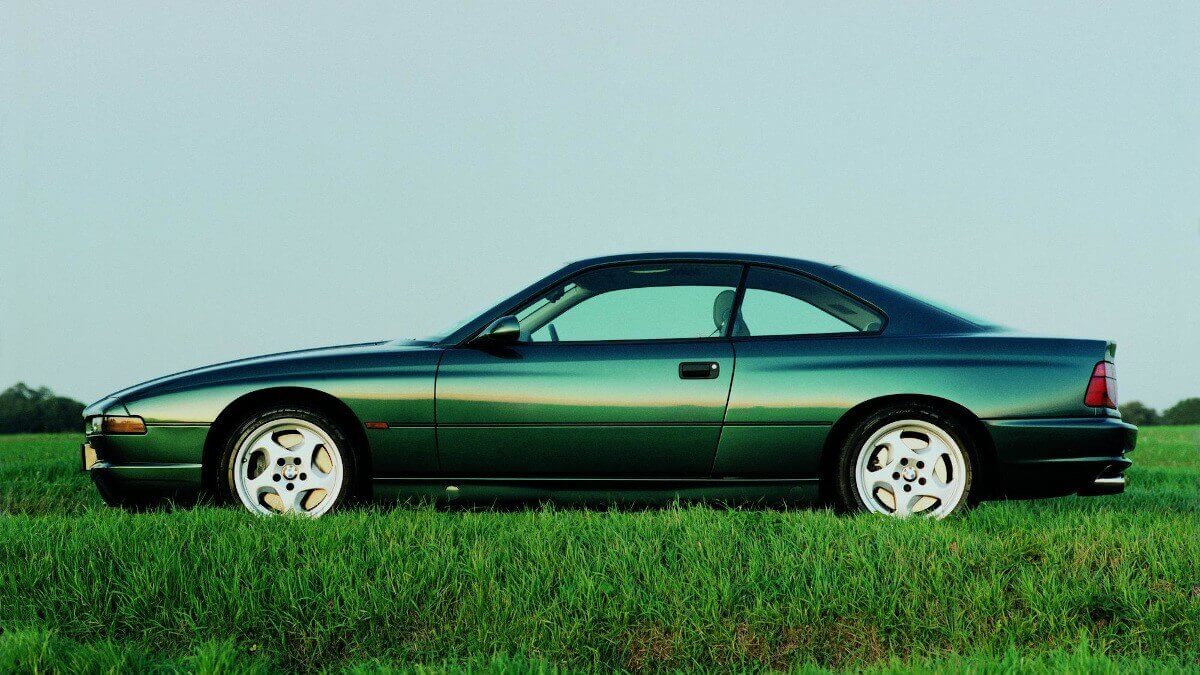



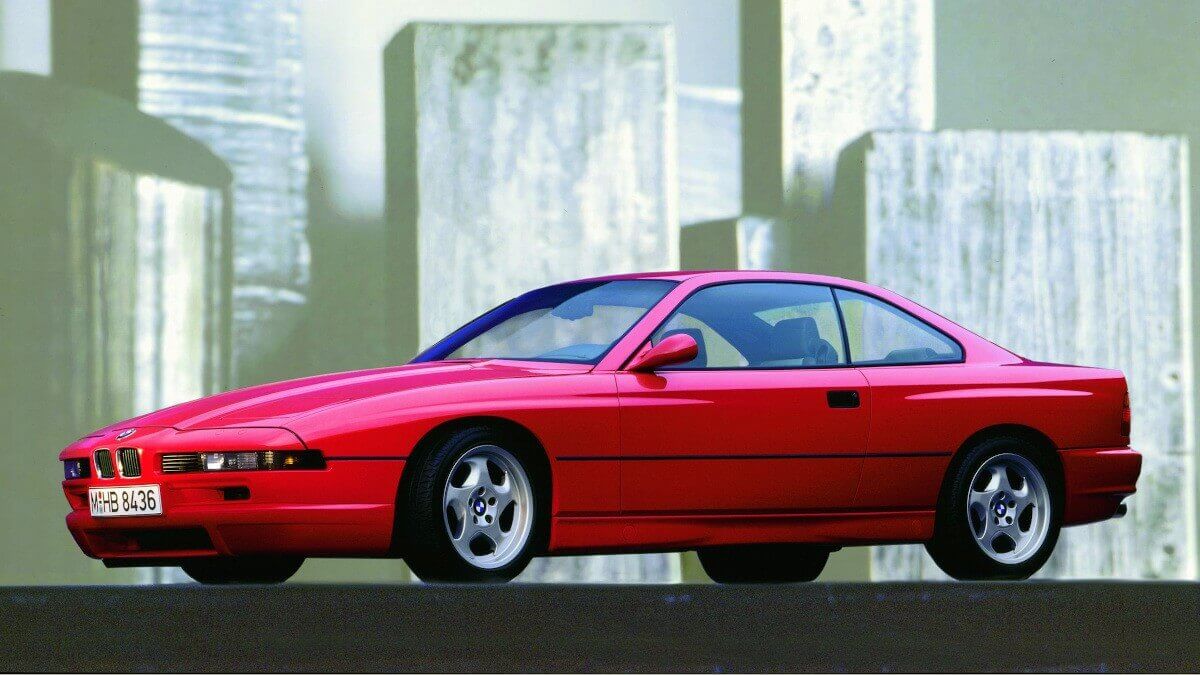



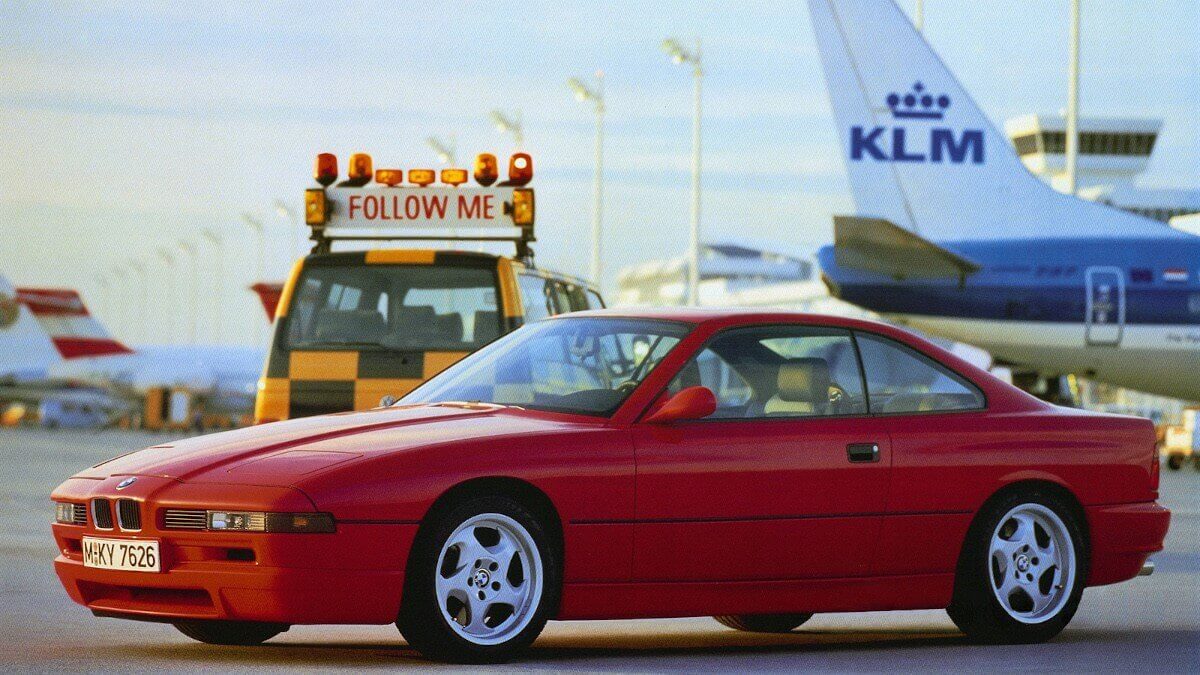



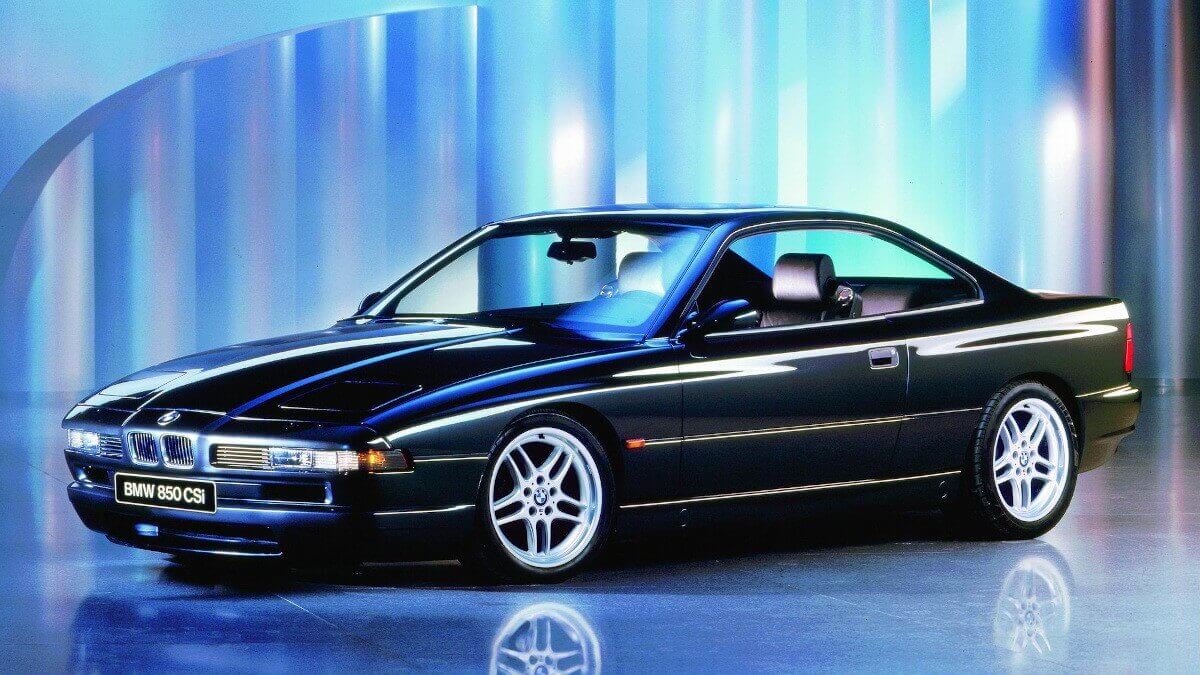



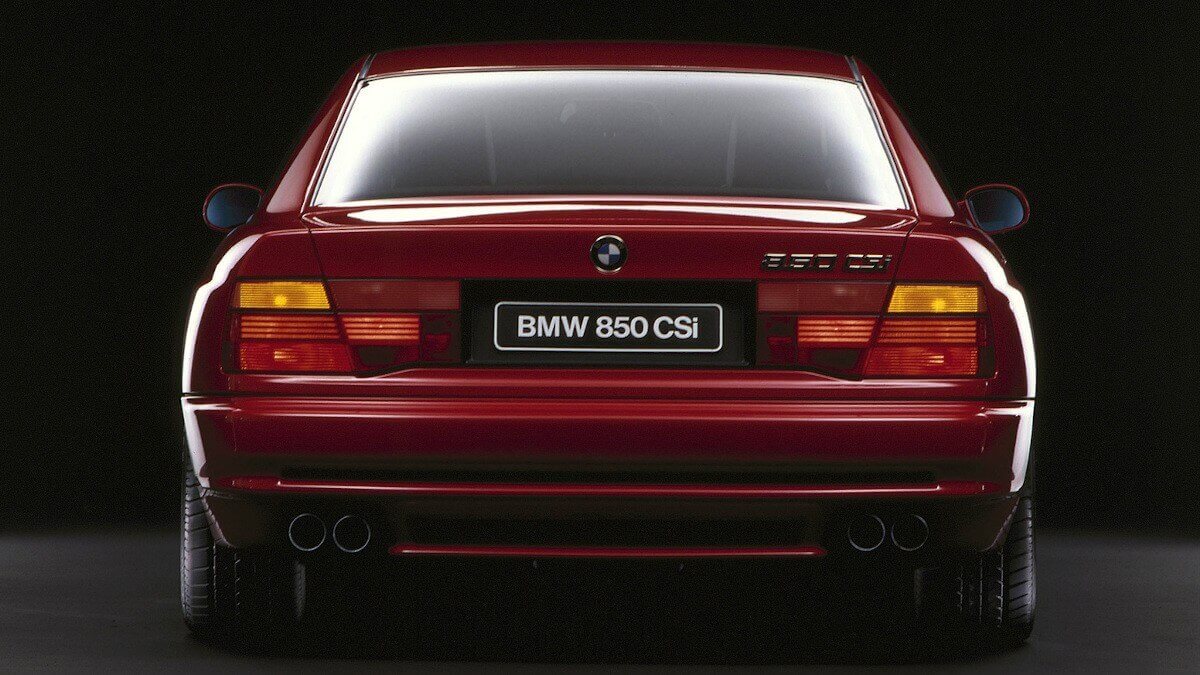



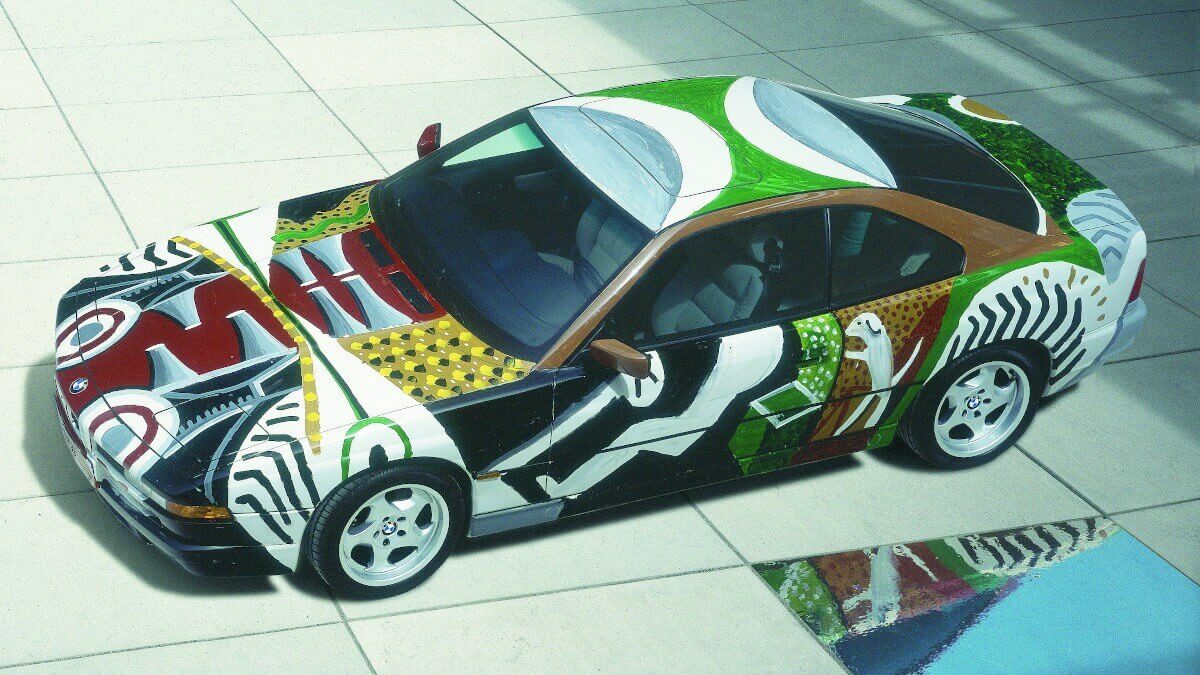



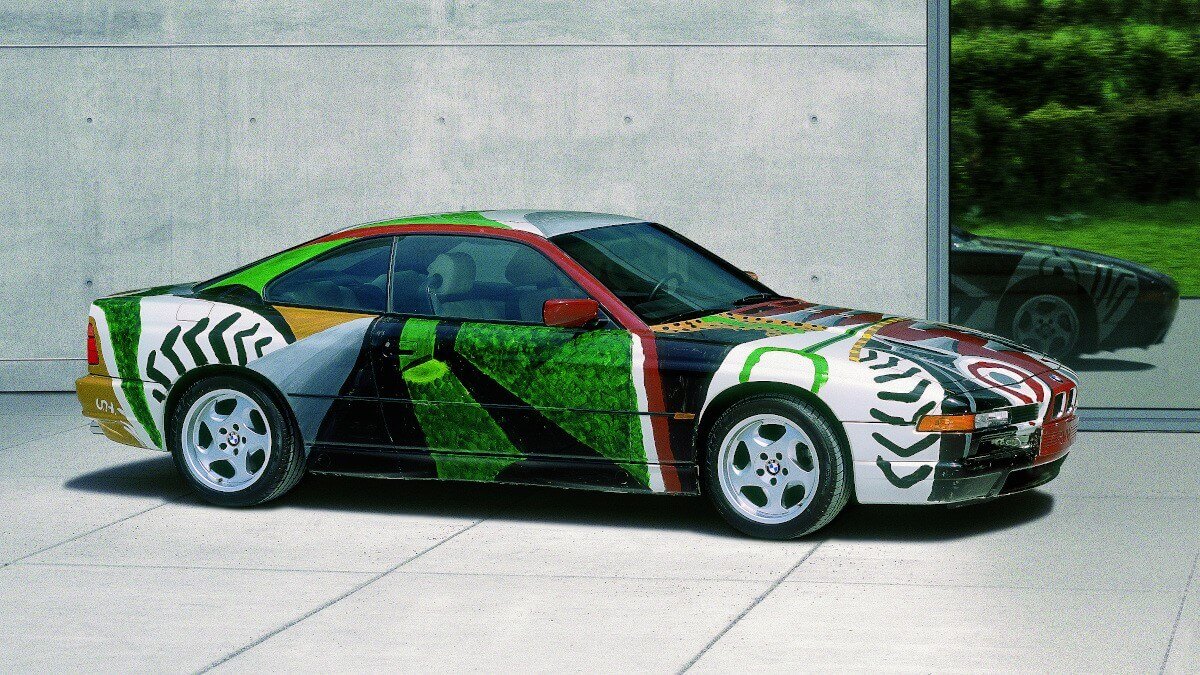



The start was made with the 850i with 220 kW/300 hp from five liters displacement, with manual six-speed transmission or four-speed automatic transmission depending on customer’s requests. US customers in particular soon expressed a desire for more power. In the autumn of 1992, BMW launched the 850CSi with an increase in displacement to 5.6 liters and an increase in power to 280 kW/380 hp only delivered to the now slightly steering rear axle via a six-speed manual transmission. At the same time they considered an entry-level engine and therefore built a small series of prototypes of the 160 kW/218 hp three-liter V8 engine in the 830i. However, the performance in combination with the relatively high weight of the 8 Series Coupé didn’t live up to the expectations. Therefore, in the end, they preferred the four-liter V8 from the 540i and 740i, which resulted in the new 840i with 210 kW/286 hp, which, like its bigger brother, was available either with manual or automatic transmission from mid-1993. In 1994, the entire model range was upgraded, turning the simple i into a Ci in the abbreviation. The 850Ci got a modernised V12 engine with 240 kW/326 hp. At the end of 1996 the 850CSi was discontinued from the model range and in May 1999 production of the 8 Series (E31) ended after around 30,600 units in total.
These included two very special BMW 8 Series models. One was developed by BMW M GmbH to meet initial customer demands for more performance. A six-liter version of the naturally aspirated V12 engine with up to 441 kW/600 hp was developed for this purpose. It is no longer known how many prototypes have been produced, but one was preserved in the vehicle collection of BMW Classic. Interestingly it shows a body without pop-up headlights. Instead, high beam and low beam lights were integrated into the front bumper. The bonnet was fitted with various ventilation slots and the rear wheel arches were significantly widened. After a production of the M8 was rejected by BMW board members – also due to too little forecast sales figures – a red painted prototype rolled into the vehicle depot and the V12 engine was given back to the engine department, where it was soon prepared for use in the then new supercar McLaren F1. The second special BMW 8 Series left production in 1995 as a normal 850CSi and was subsequently painted by British artist David Hockney to become the fourteenth BMW Art Car. It is to this day the last conventionally painted Art Car.
After completion of 8 Series production, there was no large BMW coupé for four years. Then the 6 Series was revived in Munich and produced in two further model generations until late summer 2018. Since then there is again a BMW 8 Series, which has no optical similarities to the meanwhile 30 year old predecessor. Today, well-preserved E31 cars with small mileage range from around 35,000 € (840Ci) to about 70,000 € (850Ci). Only the rare 850CSi tops that with about 75,000 to 120,000 €. The rare Alpina conversions from Buchloe/Germany are a separate chapter, but due to their own chassis numbers they are regarded as independent vehicles anyway.
Images: BMW




